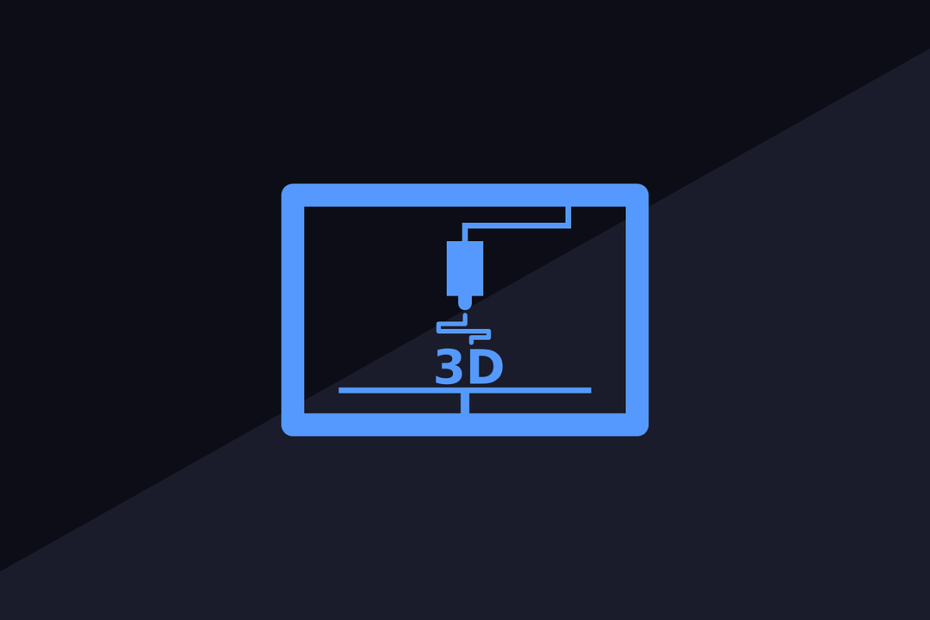Introduction
Introduce 3D printing as a transformative technology in the construction industry. Highlight its potential to enhance efficiency and promote sustainability.
1. Understanding 3D Printing in Construction
- Definition and Process: Explain what 3D printing is and how it applies to construction, including materials used (e.g., concrete, plastics).
- Technology Overview: Describe different 3D printing techniques used in construction, such as additive manufacturing.
2. Benefits of 3D Printing in Construction
- Increased Efficiency: Discuss how 3D printing can significantly reduce construction time compared to traditional methods.
- Cost-Effectiveness: Analyze potential cost savings associated with reduced labor and material waste.
- Design Flexibility: Highlight the ability to create complex designs that would be difficult or impossible with conventional construction methods.
3. Sustainability Aspects
- Reduced Material Waste: Explain how 3D printing minimizes waste by using only the required amount of materials.
- Sustainable Materials: Discuss the use of eco-friendly materials in 3D printing, such as recycled plastics and bio-based composites.
- Energy Efficiency: Highlight the energy savings achieved through faster construction times and optimized building designs.
4. Challenges and Limitations
- Regulatory Hurdles: Address the current lack of regulations and building codes specific to 3D-printed structures.
- Technological Barriers: Discuss challenges related to the scalability and durability of 3D-printed materials.
- Public Perception: Explore potential skepticism or resistance from traditional construction professionals and consumers.
5. Case Studies and Real-World Applications
- Successful Projects: Provide examples of notable projects utilizing 3D printing, such as low-cost housing initiatives and innovative commercial buildings.
- Research and Development: Highlight ongoing research efforts aimed at advancing 3D printing technologies in construction.
6. The Future of 3D Printing in Construction
- Market Trends: Analyze the growing interest and investment in 3D printing technologies within the construction sector.
- Integration with Smart Technologies: Discuss potential synergies with other technologies, such as AI and IoT, to create smart buildings.
- Global Impact: Speculate on the potential for 3D printing to address housing shortages and contribute to sustainable urban development.
Conclusion
Summarize the benefits and challenges of adopting 3D printing in construction. Emphasize its potential to revolutionize the industry by enhancing efficiency, reducing waste, and promoting sustainability.
